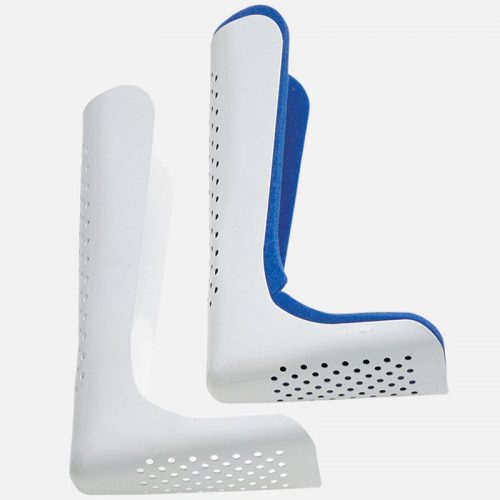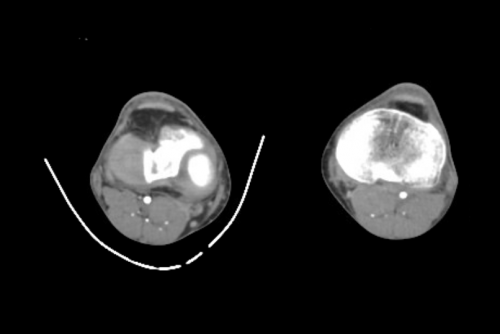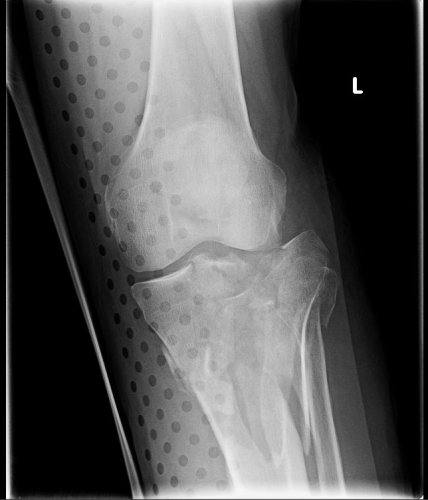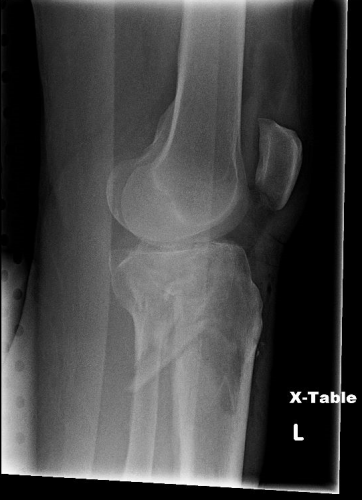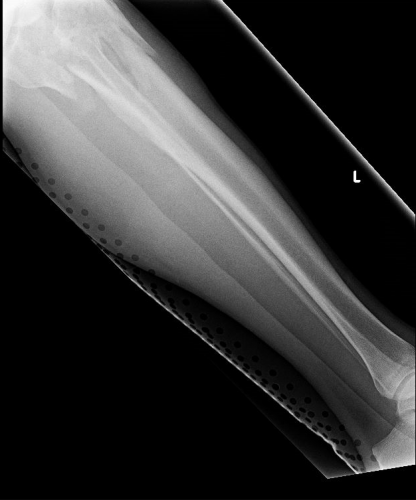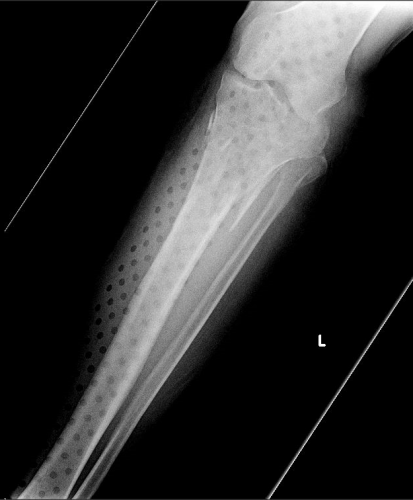Everywhere you turn in the trauma and EMS world, you run into the concept of the “golden hour.” Basically, it refers to the idea that it’s important to get an injured patient to definitive care promptly, or mortality begins to rise. It has been used to justify a lot of what we do in trauma care and trauma systems. But where did this come from? And is it true?
The BTLS course attributes the term to R Adams Cowley from the ShockTrauma Center in Baltimore. Unfortunately, no references are given. A biography of Cowley entitled Shock-Trauma names him the author of the term, basing it on dog research. No references were given.
A review of Cowley’s research reveals a few tidbits. A case series of patients implies that speed is good, but does not analyze time to definitive care. It does reference older work by other authors, but once again, no relationship between timing and outcome is evaluated.
A textbook edited by Cowley contains a reference to an article about “Cowley’s golden hour.” This article contains a statement that “patients are assumed to be dying and much of the golden hour has passed.” It goes on to state that the first 60 minutes after injury determines the patient’s mortality. It, in turn, refers to another of his earlier articles. This one states that “the first hour after injury will largely determine a critically injured person’s chance for survival.” No data or reference is given.
Bottom line: The concept of the “golden hour” has taken on a life of its own. Yes, it’s a good idea. And yes, there is some actual data to support it, although the quality is somewhat lacking. But this does point out the need to question everything, even some of our most deeply held beliefs. They are not always what they seem to be.
Reference: The Golden Hour: scientific fact or medical urban legend? Acad Emerg Med 8(7):758-760, 2001.

